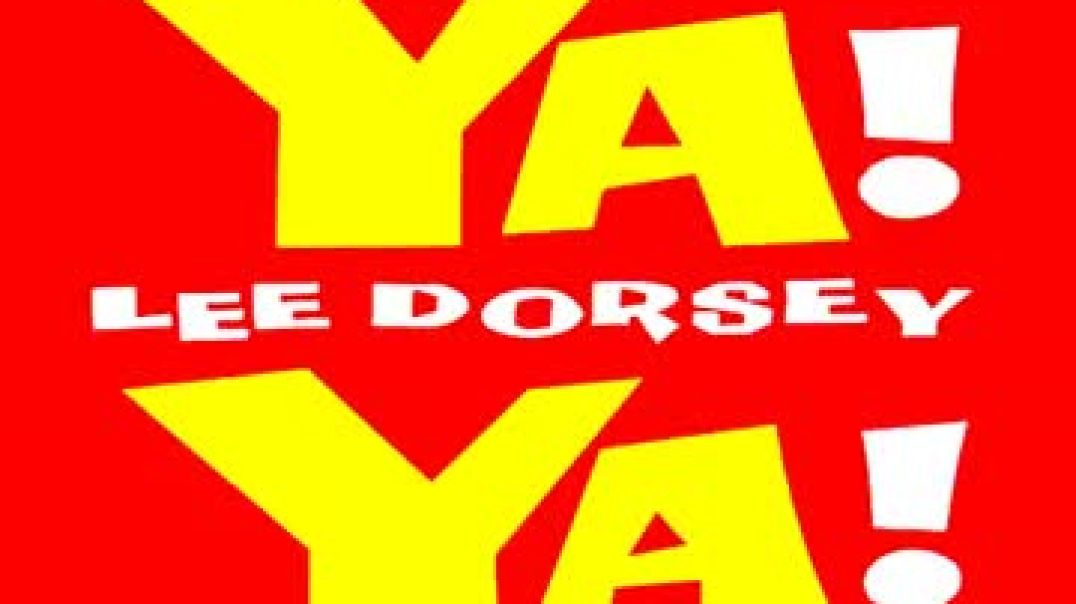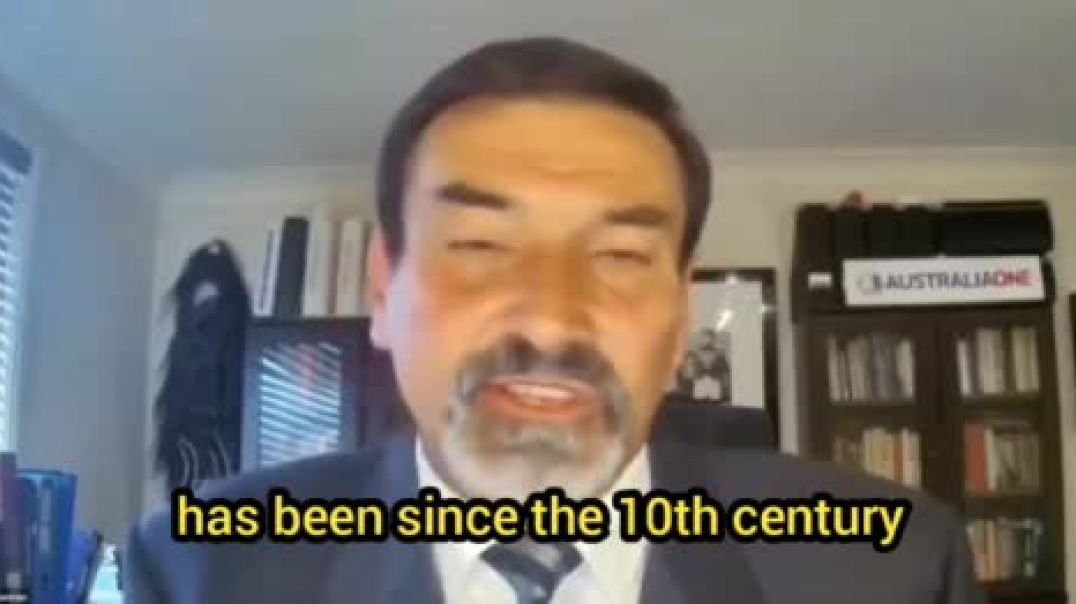Please donate now to help fund our work
- Film & Animation
- Music
- Pets & Animals
- Sports
- Travel & Events
- Gaming
- People & Blogs
- Comedy
- Entertainment
- News & Politics
- How-to & Style
- Non-profits & Activism
- McIntyre Report
- Jamie McIntyre uncensored
- RAW Report
- Candace Owens
- Steve Kirsch
- Tucker
- Bongino
- Elon musks
- Alan Jones Australia
- RT News
- Wayne Crouch Show
- Other
Leo Frank Trial - Hugh Dorsey Closing Arguments Part 2
A key detail in the audiobook is that Frank's mother said that anyone who knew his writing should be able to identify it, and that the man put up to prove Frank's writing was so afraid of injury that he wouldn't identify the writing. He also showed nervousness when he went to run the elevator, nail up the door, talk to the police, and ride to the station. He also showed frivolity when he was waiting for Old Jim to come back to burn the body, such as laughing and joking and trying to read a story that resulted in annoyance to the people in the card game. The text ends with a message from Tonte, the German for aunt, wishing Frank and Tonte a safe journey home. The most important details in this text are that Frank wrote a letter to his uncle on Saturday the 26th, which shows that he anticipated that the old gentleman who runs the cigar business had wealthy people in Brooklyn.
He also wrote a sentence that bears the earmarks of the guilty conscience tremulous as he wrote it. This sentence was written when he knew that the body of little Mary Phagan, who died for virtue's sake, lay in the dark recesses of that basement. This shows that the dastardly deed was done in an incredibly short time, and that the phrase penned by the man to his uncle on Saturday afternoon didn't come from a conscience that was its own accuser. The most important details in this text are that Leo M. Frank is an eminent authority who believes that unusual, unnecessary, unexpected and extravagant expressions are always earmarks of fraud, and that the old man cared nothing for the veterans who braved the chilly weather to do honor to their fallen comrades. This is significant because today was Yontif holiday and the thin, gray lines of veterans braved the rather chilly weather to do honor to their fallen comrades.
Leo M. Frank is a statistician and the millionaire, or nearly so, who cared so little about the thin, gray line of veterans but cared all for how much money had been gotten in by the pencil factory. There was something startling in the factory within the space of 30 minutes, and the letter was written in the morning. Do you believe it? The most important details in this text are that a rich uncle, Leo M. Frank, was living in Brooklyn and had at least $20,000 in cold cash out on interest. His brother in law was the owner of a store employing two or three people, and if the uncle wasn't in Brooklyn, he was so near there that even Frank himself thought he was there. On April 28, Frank wired Adolf Montague in care of the Imperial Hotel, telling him that a factory girl was found dead Sunday morning in a cellar of the pencil factory, where he placed her and expected her to be found.
The incidents leading up to the murder of a factory girl discovered dead in a pencil factory cellar on April 28th are the most crucial details in this text. Montague received a call on Monday, April 28th, from a man saying that his company had the case well under control and that the police would eventually crack the case.
Additionally, he informed Montague that Scott could have obtained the slush fund if it had been present because his firm had the case under control. Haas countered that there might have been something else if Scott had accepted that advice. This implies that something else might have happened if Scott had accepted Haas' suggestion.
Despite what Joe Darter Schiff swore when he realized he had to confront Miss Fleming's evidence, this evidence demonstrates that Frank did not fix the financial sheet on Saturday morning. Frank got up on the stand and realized that his case was weak because he wasn't happy with all the evidence that was being presented about what he had done. He wrote that statement, and he was as intelligent as either of his attorneys. With his statement, Frank attempted to introduce something for which they lacked any supporting evidence after realizing that he had to go above and beyond what the evidence showed. He was aware that the claims made about how long it would take to correct the financial sheet were untrue. The jurors' testimony in the case of Frank Arnold constitutes the most significant details in this text. The evidence consists of both documentary proof that a man is guilty and proof that a person lied under oath, as in the case of a man who was called to identify a piece of writing as being by Frank but who was unable to do so despite Frank's own mother swearing that he could have done so.
Mrs. Carson's testimony about her three years of factory work is also included, and Mr. Arnold's testimony is not made under oath. Last but not least, there is testimony from Mr. Arnold who is not under oath regarding the three years of work Mrs. Carson performed in the factory. The text ends by stating that justice must be served and that the man who carried out the heinous act has received the same punishment from God that he received for what he did to this helpless little girl.
The two most crucial facts in this passage are that the woman had a conversation with Jim Conley on Tuesday morning and that she had noticed blood spots in her dressing room three or four times over the course of three years. On Tuesday morning, between 9 and 11:30, she also saw Leo M. Frank on the fourth floor.
Between the same hours, Jim Conley and Leo M. Frank were both on the woman's floor, and she spoke with both of them. Even if these men had intended to suborn perjury, the woman thinks that Conley could not have been made to do it. The most crucial information in this passage is that Jim Conley and Frank were both on the same floor, and that Jim was doing exactly what he claimed he was doing—sweeping.
Frank and Conley were standing in front of the elevator when Frank went down the steps. Conley was still standing there with his hand on the thing when Frank passed him. Mrs. Small testified that the elevator shakes the whole building, but you can't notice it unless you are close to it. She said if there was hammering and knocking, you could still hear the elevator if you got close to it. Nobody disputed that.
The blood on the second floor piqued Mrs. Carson's interest, Miss Rebecca's mother. Jim Conley was anxious to get the newspapers, according to Mrs. Small, because he was aware of some information that he wanted to see how black people looked.
Then Mr. Arnold posed a query to Mrs. Carson that would be addressed to all of the female employees of the fourth floor. The two women named Miss Kitchens and Mrs. Small—each of whom received a raise of five cents four months ago—are the most significant details in this text.
Jim Conley's claim that Mrs. Small was up there on Tuesday between 8 and 9 a.m. is also supported by Mrs.
Small. Mr. Rosser called the assertion that Mr. Frank asked Jim Conley to hide the crime as being a "dirty assertion," but Mr. Rosser accepts it as being true. The text also mentions Mr. Rosser's acceptance of the notion that Mr. Frank asked Jim Conley to cover up the crime and expected him to do so as a dirty suggestion. The most crucial information in this text is that Jim Conley was brought into the courtroom by him, at which point a jury of upright men tied a rope around his neck. Jim claims that when he first saw him down there following the crime, he asked him, "Have you seen anyone go up?".
He claimed to have seen two girls ascend, but only one return. Given that he was aware that Jim was on the lookout for both him and Starnes, Campbell, and Black taken together, this man saw the absolute necessity of confiding in Jim. Jim made an effort to defend himself, but the suggestion was impure. The most crucial information in this passage is that Mrs. Small saw Leo Frank on the fourth floor between 8:00 and 9:00 on Tuesday morning, and the other woman saw him between 9:00 and 11:00. It took some time for the police to gain the nerve and the courage to face the situation and place him where he belonged because of the intimidation and fear Frank's influence caused them to feel when it came to assigning him to a cell like they did Lee and Conley. It took some time for the police force to gather enough courage to deal with the situation and place him where he belonged because they were initially intimidated and terrified by Frank's influence to confine him to a cell like they did Lee and Conley. The most crucial information in this text is that John Black and Mr. Rosser achieved great success thanks to Leo M. Frank; if Black had been given the chance to pursue Frank, this trial might have been avoided and a confession might have been obtained.
This trial might have been avoided and a confession might have been obtained if Black had been given the chance to pursue Leo M. Frank. Black's methods were comparable to Rosser's methods. The Atlanta police department gave this man who killed that young girl undue consideration and allowed shrewd advice and the allure of power and wealth to dissuade them.
They respect the approach they took in tracking down Manola McKnight, but if they believe that apprehending a young girl's murderer in broad daylight is a lady's affair and that detectives should behave like dancing masters, they are ignorant of the nature of the work. The most crucial information in this text is that John Starnes and Campbell were aware that Albert McKnight would never have told Craven what he saw and what his wife had told him, and that if Mr. Dot Haas had approached him on Tuesday morning and asked him to tell the police to let Frank go, he would have responded, "It's none of my business.". He is criticized for entering the situation at the outset and refusing to take a backseat while serving as Solicitor General for the duration of the term for which he was chosen by the people. He respects Mr. Dot Hill and is equally pleased to have succeeded him as he is to have been chosen by the residents of this community for the position of Solicitor General. He obeys his own conscience's directives. The most significant information in this text is that the Solicitor General is proud of the fact that he worked closely with the detectives to find Mary Phagan's killer and that he resolutely refused to yield to the grand jury's pressure to hang an innocent man. Additionally, he wishes that Mr. Dot Hill had been present to deliver the speech he is doing right now, as he was as honorable as any Roman, as brave as Julius Caesar, and as articulate as Demosthenes.
In his final discussion of the subject, the Solicitor General asserts that everyone is a liar and that they are all "crack brain fanatics" without providing any specific examples. On Tuesday between 8:00 and 9:00, according to Mrs.dot Small, she saw Jim Conley and Mr.dot Frank in the factory's back area. When Mr. Conley and Miss Rebecca Carson emerged from the factory's back entrance, Mr. Conley stepped in front of them and enquired as to whether they intended to put him to work. He gave the ticket his approval and continued working.
Frank and Miss Rebecca Carson were approaching the elevator, but Conley was waiting there by the elevator, not sweeping. The African-American man wasn't sweeping while he was there by the elevator.
Conley was in front of the elevator when he descended the stairs, and Mrs. Small testified that the elevator shakes the entire building, which are the two most crucial facts in this passage.
Mrs. Carson had previously sworn that she did not descend to see the blood but rather saw the locations where it was rumored to be. Mrs. Carson observed the alleged locations of the blood, as well as the alleged locations of the blood that appeared to be powder. The text ends by stating that Mrs. Carson had seen the alleged locations of the blood and that she had observed the locations as appearing like powder.
The case of Leo M. Frank, a defendant accused of perjury, is discussed in the text. Although she didn't object to going down, he claims that Mrs. Carson and he were sent there out of curiosity. The letters that were discovered in Frank's office and which clearly show that the author knew about the deal are also discussed in the text. The text concludes by stating that these letters are the will of an all-powerful providence and that they have irrevocably fixed the crime upon Frank. The text says that the letters have inherent signs of knowledge of the transaction in it before it ends. The most crucial information in this text is that Jim Conley, a Black man who killed and stole from a girl in a dark basement, took the time to jot down notes on a scrap of paper outside of Frank's office.
Being as inebriated as a fiddler's bitch prevented him from robbing the girl while being aware that Frank was present. The text also claims that committing a crime is a mistake in and of itself, and that both the criminal and the person trying to cover it up almost always make small errors. The text concludes by stating that crime is a mistake in and of itself, that the person committing the crime makes a mistake, and that the person trying to cover it up almost always makes a small mistake.
The most significant information in this passage is that Scott's testimony was not questioned by the coroner and that Leo M.
Frank informed the girl that he was unsure as to whether the medal had arrived or not before she returned to check.
According to Jim Conley's statement, Frank mentioned wanting to talk to a girl four times before they broke up so that he could go outside and let Scott rest.
In neither the coroner's office nor when Scott appeared before the coroner was Scott's evidence questioned.
In order to expedite the hiring of a detective, he had the man switch the phone three times on Monday night.
According to Jim Conley's statement, Frank mentioned wanting to talk to a girl four times before they broke up so that he could go outside and let Scott rest.
Mr. Arnold's claim to the jury is that old Jim Conley, who had raped and killed a girl, took the time to conceal her body in the pencil factory's basement. The superintendent of the facility, Leo M. Frank, recognized the need for the girl's body not to be discovered on the second floor of the pencil factory and employed the language used in the letter or telegram he sent to Adolf Montague in New York in the cellar.
With all of their ingenuity, Starns and Campbell couldn't have known that old Jim would stand up here and claim that the man looked at him when he ran into the baby as if he had done it, and they couldn't have forced him to say I locked the door like he did told me.
The most crucial information in this passage is that a long, tall, black negro shoved another long, tall, black negro down a scuttle hole, and that the girl returned there to fetch water in the same direction that she would have gone to inquire about the metal. The long, tall, black man did it on his own, according to this note, and the girl went back there to fetch some water in the same direction that she would have gone to inquire about the metal.
The note also claims that the long, tall, black negro struck the girl with a large stick, which is undoubtedly a fabrication—just as Newt Lee's shirt was, for that matter. The most crucial information in this text is that a black man had the cunning to leave a girl's form somewhere other than where he struck her and knocked her to the ground, and that Leo M. Frank felt compelled to write there letters that he thought would clear him but that instead cast doubt on and damn him in the minds of every man seeking the truth. Furthermore, when there is a pad of notes from an elderly Jim Conley, there is nothing in circumstantial evidence that the jury must admit or that they do not dispute.
The most significant information in this text is that Jim Conley, a factory superintendent, was instructed to remain silent and defend Leo M. Frank, the factory superintendent. Leo M. Frank, the factory superintendent, who wired Montague to tell his uncle, was protected by the letter, which was written in his name. Not in the factory, but in the cellar, was where the girl's body was discovered. The letter was written with the awareness and conscience that the poor girl's life had already been taken even as he was writing it. Conley's guilt must be proven beyond a reasonable doubt to the jury; however, this requirement does not apply to the doubts of a crank, a man who has created them to exonerate a friend, or a man who was a friend of a friend.
The most crucial information in this text is that circumstantial evidence is not less reliable than direct and positive evidence, and that it is appropriate to tell the jury that there is nothing about circumstantial evidence's nature that makes it less trustworthy than other types of evidence. The reliability of circumstantial evidence is demonstrated using two examples: the first compares incidental facts surrounding the main facts in issue to links in a chain, showing that a chain is only as strong as its weakest link, and the second compares incidental facts to the strands in a rope, showing that none of them may be sufficient on their own but that when combined, they may be powerful enough to prove guilt. The most significant information in this text is that each of these occurrences forms a chain, cord, strand, or cable, and that when combined, they form a cable that is as strong as can be woven around a human being. Unanalyzed, this man's statement to the jury was brilliant, and if the jury accepts it without questioning it, then of course they will not find him guilty.
A statement has no such inherent strength as the testimony of a witness, which even a jury cannot in all cases ignore. This statement has been skillfully crafted to address the case's requirements. The text concludes by saying that, in contrast to statements, testimony has inherent weight that even a jury cannot, in all cases, disregard.



















